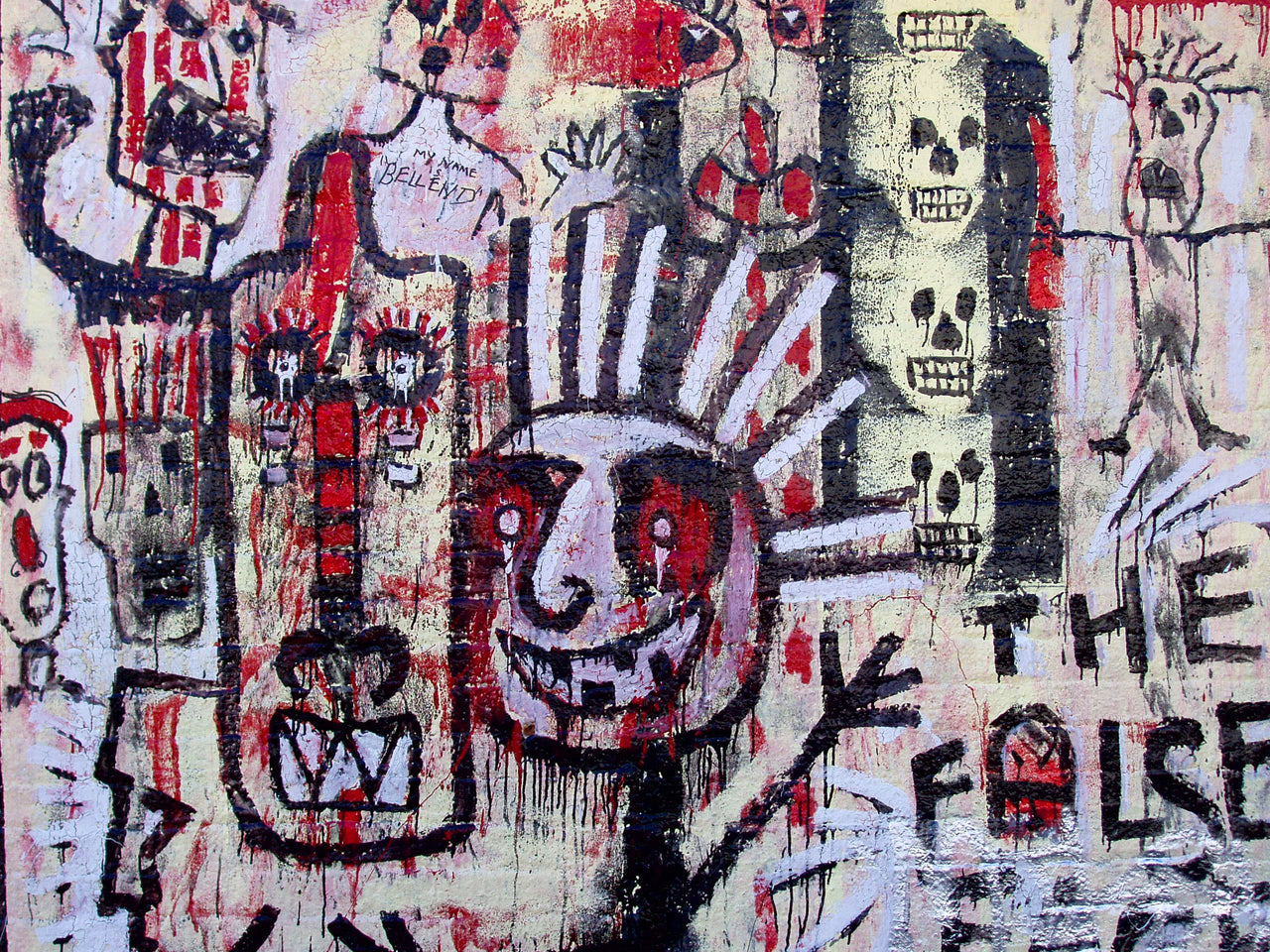
Great Stuff #3 - Punk Art / NYC
The artistic impulse usually includes a degree of rebellion against status-quo ways of thinking. One cannot come up with something new while in thrall of something old. Throughout history, artists have been instigators and barometers of social change; one of those times was the ‘punk’ era of the late 70's and early '80's.
It was a time when a lot of people had become fed up with music, art and media that seemed intent upon avoiding the sharp edges of life in deference to an audience that seemed to either want to 'Take It Easy' or get down with 'Boogie Fever'.
The creativity and optimism of the 60's seemed to calcify over time into cynical expressions of capitalism, as if the pressures of the Vietnam War, the assassinations of progressive leaders, corporate greed and rampant political corruption had finally won out. By the time the 80’s rolled around there was a different feeling in the air, less hopeful and rooted in a much harsher reality.
It was the age of Reagan and Thatcher, two leaders who seemed intent on holding fast to an era that had passed decades ago, if it ever existed at all.

In terms of music, punk was usually 3 chords (at best), played very loud with shouted, angry, occasionally sub-literate lyrics. In terms of art, punk was usually cheaply reproduced imagery in black, white and grey, with perhaps the splash of a primary colour or two, cut out and assembled in rough-hewn collages and wheat-pasted onto every available public surface.
The message was 'of the moment', that there was no point in thinking of the future, yet delivered with an urgency that bristled with life. It was art and music built on desperation, with the appearance of being set free from the precedents of art and music history.

Matthew Giffin, 'LES Composite Wall Study'
This was the driving force behind the art and music scenes of the East Village and Lower East Side in New York City in the early ’80’s. I remember the feeling well. It was alive, exciting and consciously self destructive. A lot of artists and musicians succumbed to the hype of the scene, both figuratively and literally. In the end, it just shrivelled into fashion; yet another continuation of the cynical forces of commercialism.
But at its peak there was no denying the energy that was contained in that era. To me, it seemed that the entire LES / East Village section of the city was one massive work of communal art, a collective, colossal 'flipping of the bird' to the over-riding forces of social and artistic conformity.
Every surface seemed to be covered with posters, stickers and graffiti, and over time, these became weathered and replaced with new expressions, eventually becoming totally abstract and taking on a new, more complex meaning, as if the city itself had joined with nature to create it’s own gallery of powerful, unique statements.

Matthew Giffin, 'NYC Wall Texture Study #347'
Ultimately, the punk era passed, just as every era before and since. When it was in full rage, however, it seemed to exist on its own ahistorical terms. But that was just how it seemed at that moment.
Flash back to 1915, the birth of the Dada movement; a conscious rebellion against the political, artistic and social movements of that era, in reaction to the madness of World War 1 and making a mockery of logic and reason itself.

Raoul Hausmann (1886-1971) 'ABCD' 1920 (collage)
Eras come and go but the forces at play that inspire artists are as prevalent and vibrant as ever. And as far as I can see, today's world is easily as packed with rebellious, artistic potential as it was back in the eras of Punk or Dada.

Leave a comment: